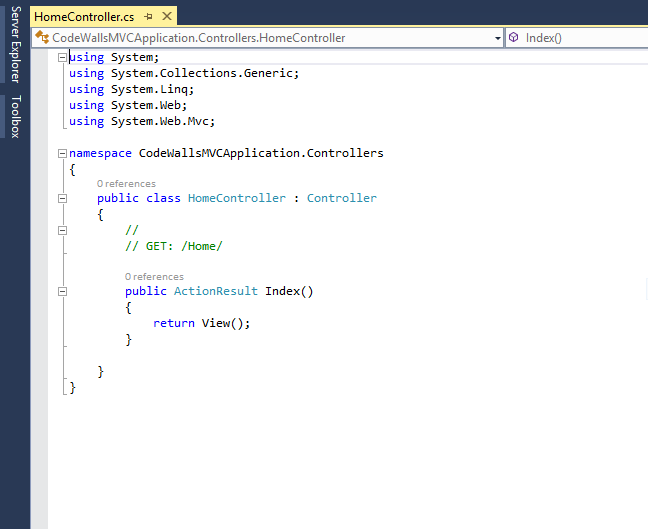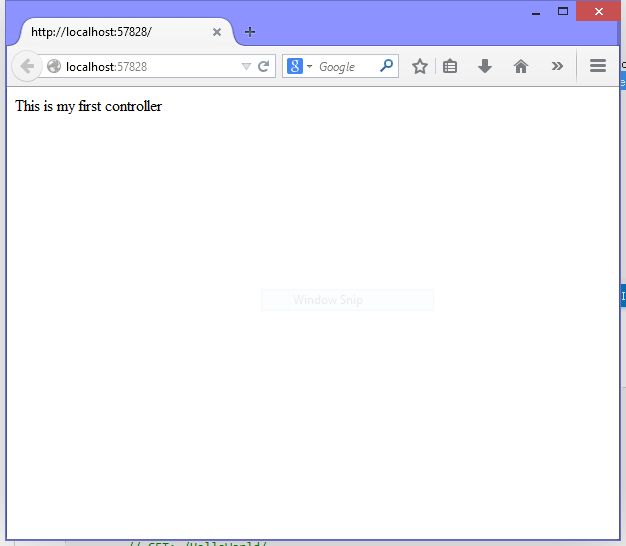What is the MVC architecture and how it can be used to build a web application has been discussed in our earlier article. We will discuss about the concept of MVC in context of classes that can be easily accessible in our application. These classes can be created as simply as other classes including properties to be get/set values.
MVC stands for Model, View and Controller that divides a web application into three parts. These parts are data, user-interfaces and logics which differentiates everything about an application. Here is a one-line definition about MVC:
- Model: these are the classes representing your application data including the properties your database have.
- View: a simple page that will show to user and redirect your complex code into basic HTML. Decides the design in which data will show.
- Controller: these classes are responsible for what is to be shown in which view.
In earlier article, we have created a simple internet application having all the basic folders and packages. Those folders contains App_Start, Content, Controllers, Scripts, Models and of course Views. Now I am starting with an Empty MVC application having only some of these folders and don’t have any code logics. Just right click on Controllers and select Add--> Controller, "Add Controller" window will appear with options listed below:
Specify the name “Home” and set Template as “Empty MVC controller” and click on add button will add a “HomeController” under Controllers folder. This controller have only one action “Index” having the structure below:
Look out the default code, there is only one action added i.e. “Index” having the return type “ActionResult” which is commonly preferred by all the action methods. Basically this action method is used for default view about any controller like listing or home page.
Suppose there is a controller for products then the index action will show all the products having functionality like add/edit/delete. Now change this action a little bit as shown:
public class HomeController : Controller
{
public string Index()
{ return "This is my first controller"; }
}
Run this application and it will show the string returned by the above “Index” method.
Check out the address in browser, there is only “localhost:portNo” without any controller’s name. This is because the default routing of an MVC application is Controller: Home and Action: Index. That’s why it is showing only the port number of the application.



